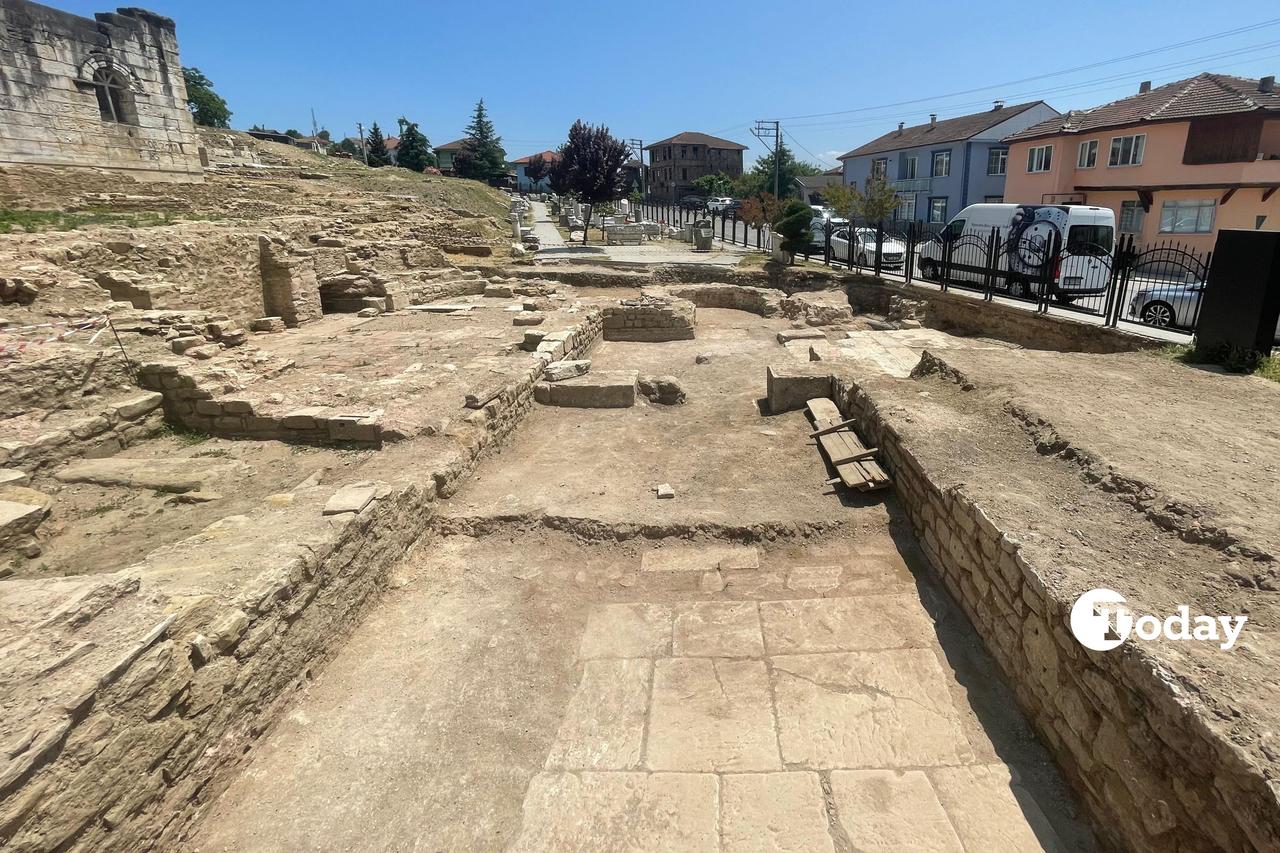
Archaeologists working in Türkiye’s Duzce province may have unearthed the oldest known church structure in the region, revealing a significant piece of early Christian history in the heart of the ancient city Prusias ad Hypium. Nestled between the historic metropolises of Istanbul and Ankara, this Roman-period settlement continues to redefine the archaeological map of Türkiye.

Last season, excavations near the front of the Roman-era theater revealed a small, single-nave and apsed structure believed to be an early church. However, 2025's excavation season, now in full swing, has unearthed an even more significant building—a triple-nave church with an apse, discovered beneath the previous structure.
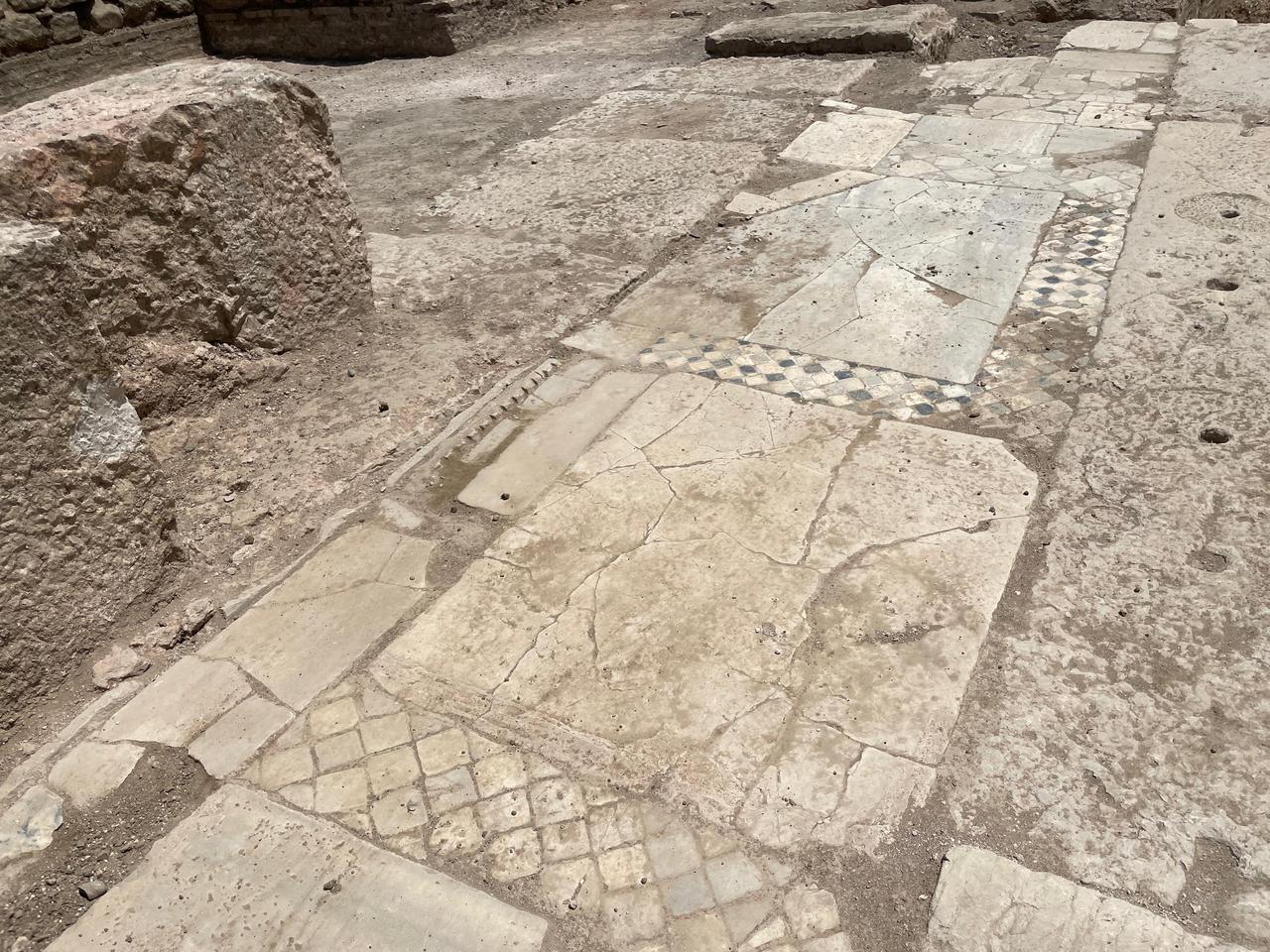
The structure features intricate floor mosaics made using the "opus sectile" technique, echoing the artistic style observed in the previous season’s finds. These intricate patterns demonstrate the region’s craftsmanship and cultural richness during the Late Antique period.

However, it was observed that the apse located at the end of the third nave of the structure, where excavations are still ongoing, was damaged during past infrastructure work to lay pipes, and a portion of it was further damaged during road construction.
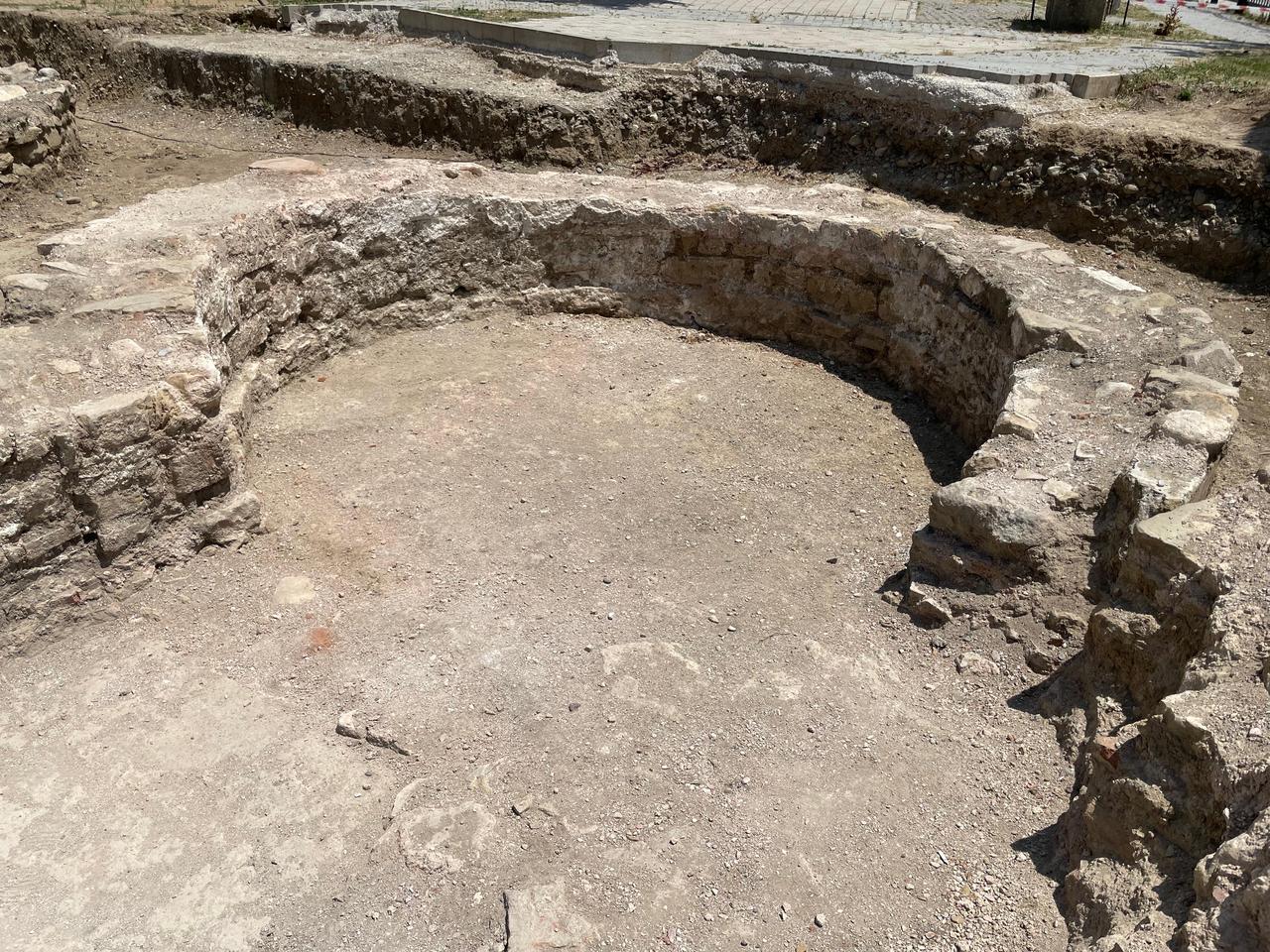
Prusias ad Hypium, founded by Hellenistic King Prusias I, who also gave his name to the city of Bursa, dates back to the fifth century B.C. Originally a part of Heraclea Pontica (modern-day Karadeniz Eregli), the city was absorbed into the Bithynian Kingdom in 182 B.C. after King Prusias’ conquest.
Over time, the city expanded toward the Hypios River (today's Melen River) and became one of twelve key cities in the Bithynian League.
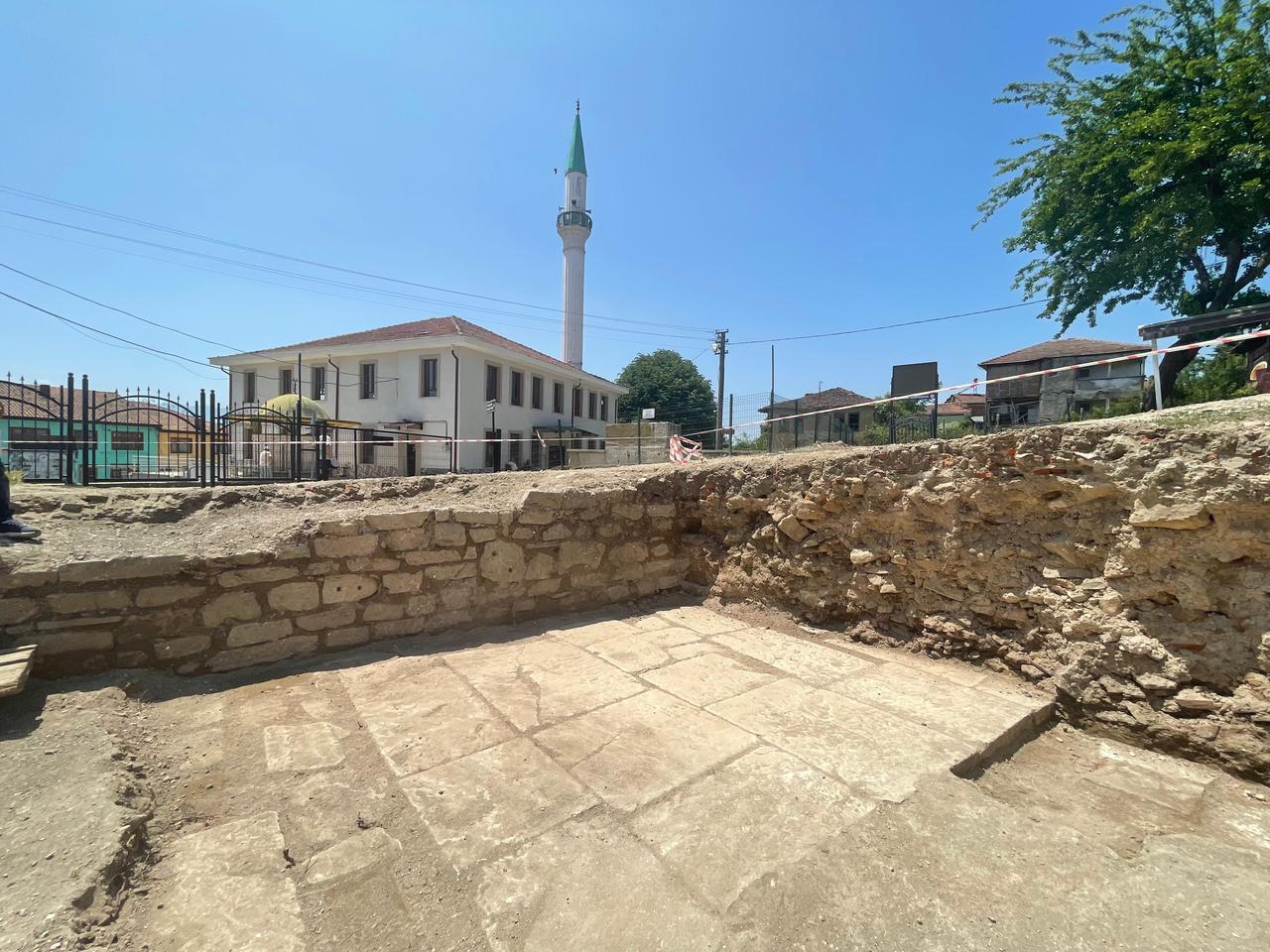
In 1323, the city became part of the Ottoman Empire, eventually taking the name "Uskubu" and later "Konuralp." Today, its rich legacy is being revealed through ongoing archaeological efforts.
As a senior archaeologist with over two years of experience on-site, I can confirm that the Roman theater remains one of the city’s most architecturally significant features. The excavations are led by Konuralp Museum Directorate under the authority of the Ministry of Culture and Tourism, and supported by Duzce Municipality.
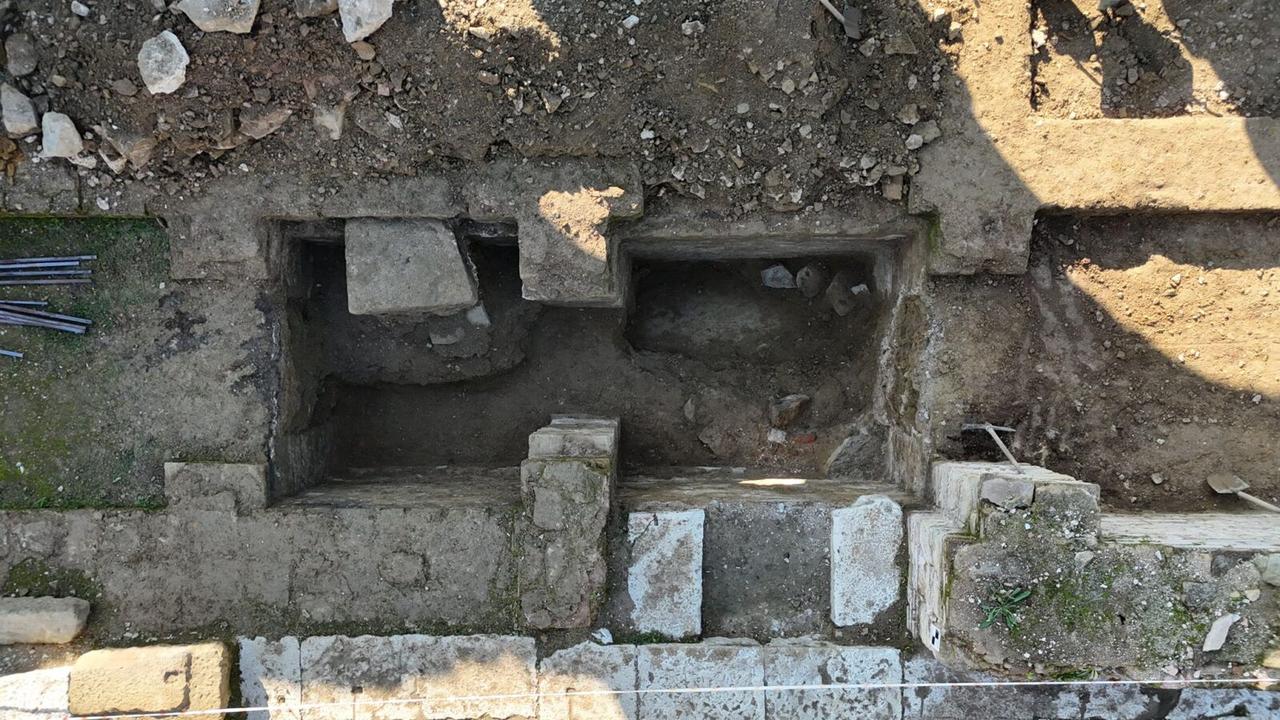
Among the most internationally significant discoveries, first reported by Türkiye Today in 2024, are the actor preparation rooms located behind the theater’s stage building—known as the skene. Archaeological excavations has revealed these backstage chambers, likely used for dressing, preparing performers, and storing props, offering fresh insights into the logistics of ancient Roman theater production.
Since initial small-scale excavations began in 2013, and especially following a major push in 2017, these efforts have greatly enriched both regional and global archaeological understanding.